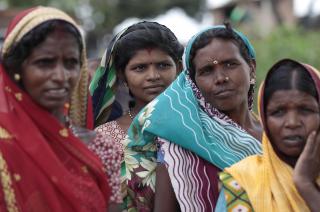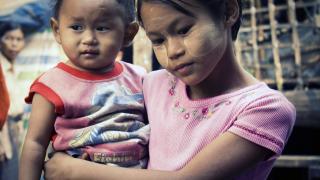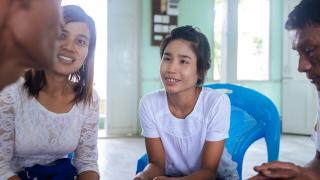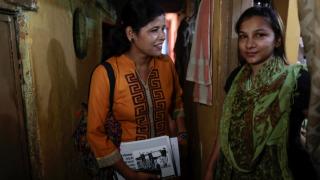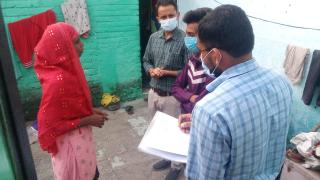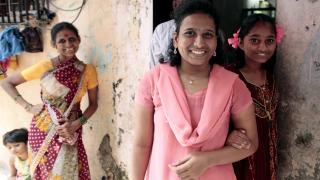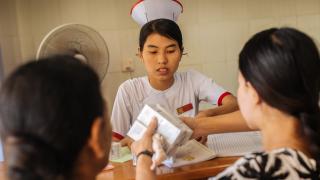4,850,000
TB incidence in 2022
170,000
drug-resistant TB incidence in 2022
99,000
TB cases in people with HIV in 2022
The Union's work in South-East Asia
Project Axshya Plus
In collaboration with local partners and over 15,000 community volunteers, The Union provided innovative tuberculosis (TB) interventions designed to serve traditionally hard-to-reach and at-risk populations in India.
Integrated HIV Care Programme - Myanmar
Through its Integrated HIV Care (IHC) Programme, The Union Office in Myanmar currently provides services to nearly 34,000 People Living with HIV, more than 33,400 of which are taking antiretroviral treatment.
The Union's Offices
The Union South-East Asia Office was The Union’s first region office, located in India. The Union Office in Myanmar located in Mandalay provides HIV and TB-HIV programmes.
The Union Office in India
C-6, Qutub Institutional Area
110016 New Delhi
India
Phone: (+91) 11 46 054 400
Phone: (+91) 11 46 054 430 / 429
The Union Office in Myanmar
Ma-39/25-26, 52nd Street, between 42nd & 43rd Street, Maha Aung Myay
Mandalay, Myanmar
Phone: (+95) 9 409 973 377
Phone: (+95) 9 944 973 377
Members of The Union South-East Asia Region
The Union is divided into seven regions to provide a platform for addressing lung health and related issues from a regional perspective. This structure offers members opportunities to network with colleagues who face the same regional challenges and contributes to The Union's deep understanding of local issues.
The Union South-East Asia Region is made up of organisational and individual members.
UNION NEWS FROM THE South-East ASIA REGION
Progress on indoor air quality regulation in India
The power of the pen - Correspondence in a forthcoming issue of the IJTLD highlights how a Letter to the Editor helped to progress legislation on indoor air quality in India. The preprint is free to read.
Government of Manipur Adopted Official State Policy to Stop Tobacco Industry Interference (TII)
After acknowledging that it is critical to ensuring and protecting the public health, the North-Eastern Indian state Manipur issued a…
Bangladesh Railway Minister Transforms Country’s Trains, making them completely Smokefree
The Bangladesh railway system—this includes stations, platforms, and train compartments—is now entirely smokefree, following a February…
Air conditioners, airborne infection prevention and air pollution in buildings in New Delhi
COVID-19 and poor air quality is leading to increased use of mechanical ventilation, but the authors of this article question how effective these systems are in important buildings in India. The preprint is free to read.
Opportunities to prevent and manage undernutrition to amplify efforts to end TB
High rates of undernutrition are a key driver of the TB epidemic. In this mini review (to be published in the January issue of IJTLD) the authors highlight the need to do more to address undernutrition and its importance for public health. The preprint is free to read.

